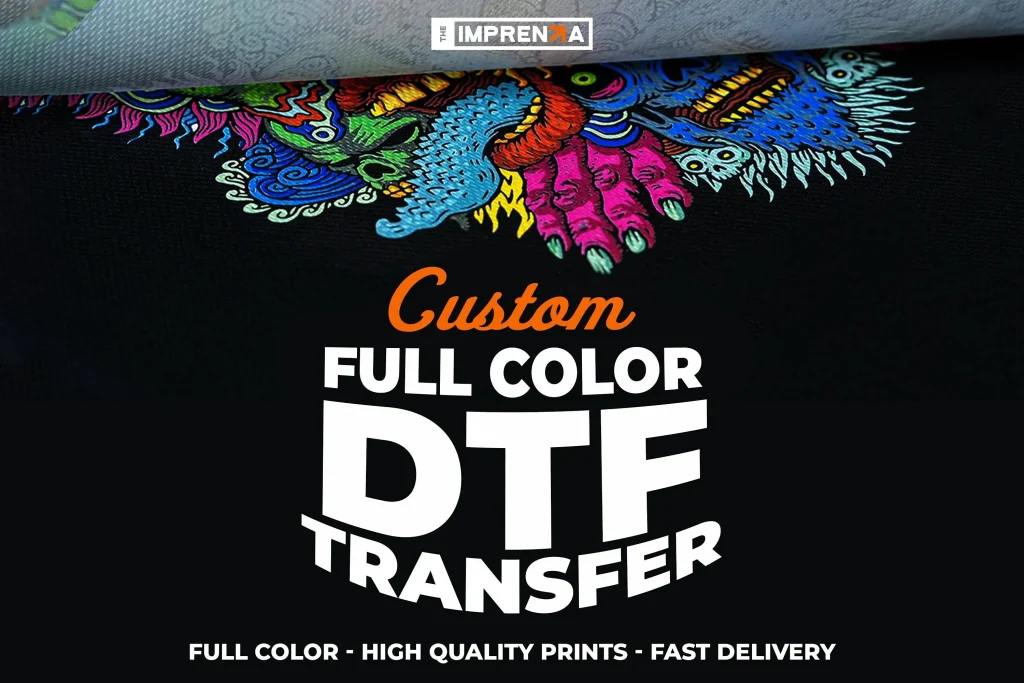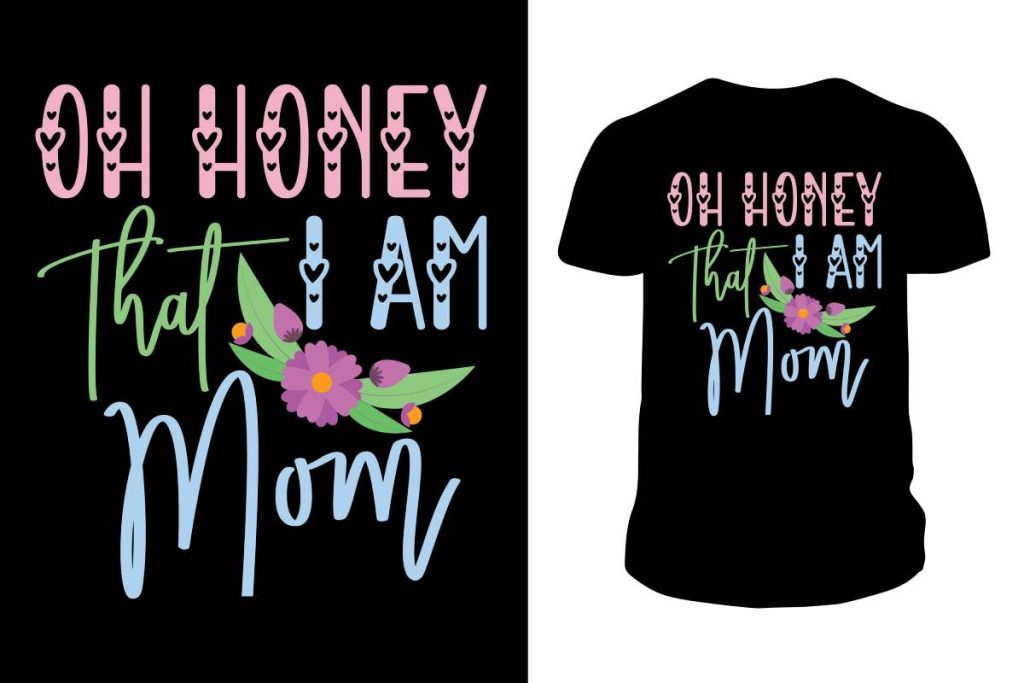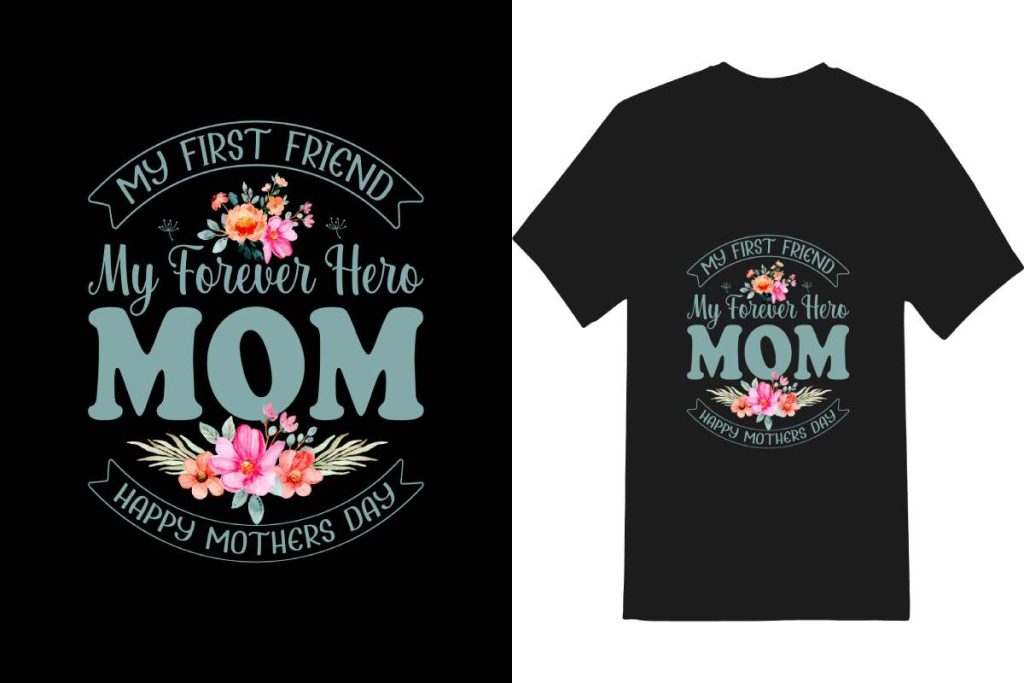In the dynamic realm of fabric printing, DTF transfers, or Direct to Film transfers, stand out as a game-changing technique for artists and entrepreneurs alike. This innovative method allows for the creation of exceptionally vibrant fabric designs, bringing creativity to life with clarity and brilliance. Whether you’re looking to enhance your merchandise with bold graphics or personalize clothing items, mastering the art of DTF transfers can elevate your projects dramatically. This blog post will unravel the secrets of DTF transfers, offering valuable insights and tips to help you successfully navigate this exciting fabric printing technique. Join us as we dive into the intricacies of DTF printing, exploring everything from design creation to the vital heat press printing tips necessary for stunning results.
Often referred to as Direct to Film printing, DTF transfers have revolutionized the way fabric designs are produced and applied. This technique capitalizes on advanced fabric printing techniques, enabling users to achieve remarkably bright and detailed prints on a variety of materials. By transforming the traditional approach to heat press printing, DTF opens up new avenues for both professional designers and crafting enthusiasts. Its versatility and ease of use make it a preferred choice for creating custom apparel and accessories that stand out in today’s saturated market. Discover how to create DTF designs that not only captivate visually but also offer durability and resilience without sacrificing quality.
Understanding DTF Transfer Technique
The DTF transfer technique, or Direct to Film transfer, has transformed the landscape of fabric printing. Unlike traditional methods, DTF allows for detailed designs to be printed on specially-coated films, which can be easily transferred onto a variety of fabrics using heat and pressure. This process not only results in stunning, vibrant fabric designs but also ensures that the prints are long-lasting and resistant to wear. As a result, both amateur enthusiasts and professional printers are embracing DTF technology in their projects.
One of the key advantages of DTF transfers is the ability to print detailed images without the limitations of traditional fabric printing techniques. This opens a new realm of possibilities for artists and designers, enabling them to create intricate designs with precision. Furthermore, the adaptability of DTF transfers allows for use across diverse materials such as cotton, polyester, and even blends, making it an invaluable technique for anyone looking to make their mark in the fabric printing industry.
Benefits of DTF Transfers Over Other Printing Methods
DTF transfers offer several noteworthy benefits compared to other fabric printing methods. One of the most significant advantages is the vividness of the prints produced. DTF utilizes advanced ink technologies that create bright, eye-catching colors, ensuring that the designs stand out beautifully on fabric. This high color fidelity not only enhances the aesthetic appeal but also ensures that prints remain vivid over time, resisting the fading typically seen with other printing techniques.
In addition to vivid prints, DTF transfers are also known for their remarkable versatility. This technique is suitable for a wide range of fabrics, allowing designers to produce high-quality results on various materials. Whether you are printing on cotton shirts, polyester leggings, or custom fabric products, DTF transfers can adapt to meet your needs. This versatility is crucial for businesses looking to expand their offerings and cater to different consumer preferences.
Choosing Your DTF Printing Supplies Wisely
When embarking on your DTF printing journey, selecting the right materials is crucial to achieving outstanding results. The quality of the film and inks you choose can significantly impact the adhesion and vibrancy of your prints. High-quality DTF films combined with specialized inks, such as those from reputable manufacturers like Inktec and DuPont, ensure optimal adhesion to fabrics, enhancing the longevity of your designs.
It’s essential to do thorough research when sourcing your DTF supplies. Look for inks specifically designed for use with DTF technology, as these will provide the best results in terms of color, durability, and fabric compatibility. Utilizing the right materials not only elevates the final product but also contributes to a smooth printing process, making it easier for you to achieve professional-quality results every time.
Essential Heat Press Techniques for DTF Printing
A successful DTF transfer application hinges on the effective use of a heat press. This crucial tool ensures that the right combination of temperature and pressure is applied to achieve optimal vinyl adhesion. Mastering heat press printing tips can markedly improve the quality of your transfers, allowing you to produce results that rival those achieved by industry professionals.
To perfect your heat press technique, always refer to the specific instructions associated with the films and inks you are using, as each material may have distinct requirements. Pay attention to parameters like the temperature setting and pressing time, as these can have a significant impact on the final output. Conducting test runs on scrap fabrics can also help fine-tune your process, leading to more consistent quality and improved outcomes in your DTF transfer projects.
The Importance of Design in DTF Printing
Creating captivating designs is at the heart of successful DTF printing. Utilizing software such as Adobe Illustrator or CorelDRAW can help you design high-resolution graphics that are optimized for DTF transfers. These programs provide various tools and features tailored for developing intricate, vibrant fabric designs, allowing you to unleash your creativity and ensure that your artwork shines on any fabric.
It’s also important to consider the layering techniques in your designs. By incorporating multiple layers, you can add depth and texture, making your prints more dynamic and engaging. Learning to effectively play with elements such as contrast and color saturation can elevate your designs and help them stand out in today’s competitive fabric printing marketplace. Ultimately, the design process is vital in ensuring that the final product is not only visually appealing but also true to the artistic vision behind it.
Community and Continuous Learning in DTF Printing
Engaging with the community can significantly enhance your DTF printing experience. Participating in forums, workshops, and local meetups provides valuable opportunities to connect with other printing enthusiasts and professionals. These interactions can lead to sharing tips, receiving constructive feedback, and learning new techniques that can help you master DTF printing more effectively.
Moreover, continuous learning is crucial in the ever-evolving world of fabric printing. Keeping up to date with the latest advancements in DTF technology and printing methodologies can provide you with a competitive edge. Embrace the wealth of resources available, from online tutorials to industry publications, to expand your knowledge and refine your skills, ensuring that you stay at the forefront of the DTF printing landscape.
Frequently Asked Questions
What are DTF transfers and how do they work?
DTF transfers, or Direct to Film transfers, are a fabric printing technique that involves printing a design onto a special film, which is then transferred onto the fabric using a heat press. This method produces vibrant and durable fabric designs, making it popular among both hobbyists and professional print shops.
What are the benefits of using DTF transfers for fabric printing?
DTF transfers offer several benefits, including vivid prints with bright colors, versatility on different materials such as cotton and polyester, ease of use for both beginners and experienced artists, and cost-effectiveness for small production runs, allowing for high-quality designs without large investments.
What materials are needed for successful DTF transfers?
To achieve successful DTF transfers, you need high-quality film, specialized ink, and a heat press. Brands like Inktec and DuPont are recommended for their reliable adhesion and color vibrancy, essential for ensuring that your vibrant fabric designs last.
How can I create my own DTF designs?
To create DTF designs, use graphic design software like Adobe Illustrator or CorelDRAW. These programs allow for the creation of high-resolution files optimized for DTF printing, enabling you to craft stunning and vibrant fabric designs that stand out once transferred.
What are some tips for achieving successful DTF transfers with a heat press?
When using a heat press for DTF transfers, ensure you have the correct temperature and pressure settings for your specific film and ink. It’s also advisable to conduct test prints on scrap materials to see how colors appear before applying them to your final fabric, ensuring quality results.
How important is layering in DTF design creation?
Layering is crucial in DTF design creation as it adds depth and texture to your prints, making them more engaging. By applying multiple layers, you elevate the artistic quality of your designs, creating visually stunning and dynamic fabric prints that capture attention.
| Key Point | Details |
|---|---|
| DTF Transfers Definition | A printing technique where designs are printed on film and then transferred to fabric using heat. |
| Benefits | – Vivid prints with resistant colors – Versatile for multiple fabric types – User-friendly for beginners – Cost-effective for small production runs |
| Key Developments | Recent technology improves efficiency and quality in DTF printing, benefiting businesses and hobbyists. |
| Design Tools | Software like Adobe Illustrator and CorelDRAW are recommended for creating high-resolution designs. |
| Material Selection | Choosing high-quality films and inks ensures vibrant prints and durability. |
| Layering Techniques | Using multiple layers adds depth and texture, enhancing the design’s visual impact. |
| Application Process | Correct application with heat press is crucial for adhesion; follow specific instructions based on materials. |
| Tips for Success | – Conduct test prints on scrap material – Maintain equipment for quality control – Engage in community forums for support |
Summary
DTF transfers represent a groundbreaking innovation in fabric printing, allowing designers to create stunning, vibrant designs with impressive durability. This technique combines advanced printing technology with artistic creativity, making it accessible for both novices and experienced printers. The benefits of DTF transfers include vivid colors, versatility across different fabric types, and a simple process for crafting high-quality prints. By selecting the right tools, materials, and techniques, individuals can master DTF transfers to produce captivating designs that stand out in the market. Continued exploration and learning within the DTF community further enhance the potential of this remarkable printing method.



